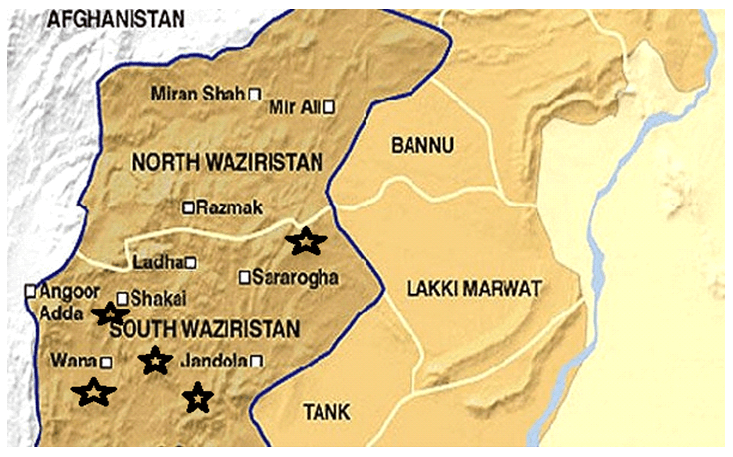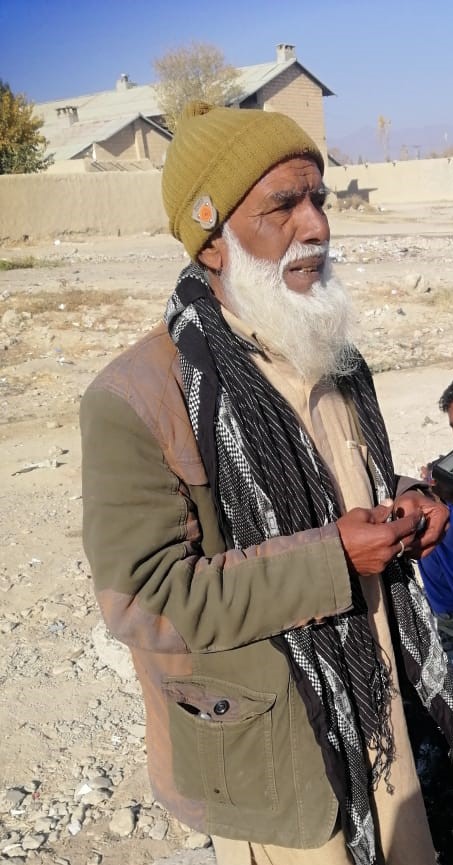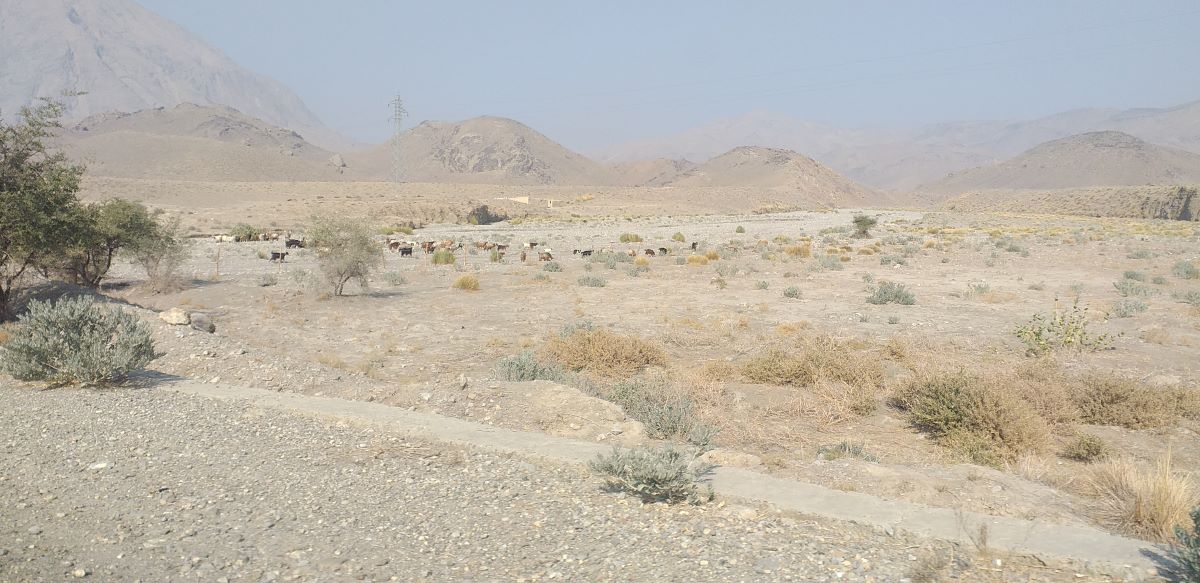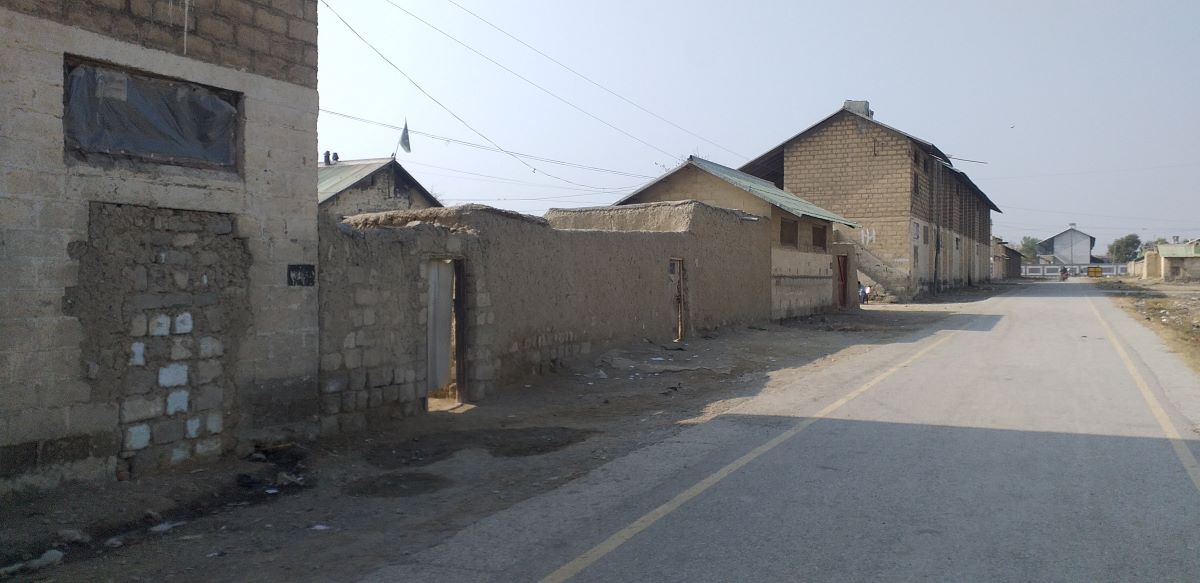Pashto is an ancient ethnic group that dwells in Central Asia. There are three subgroups of Pashto: Northern Pashto in Pakistan, Southern Pashto, mainly in Afghanistan, and Central Pashto also in Pakistan. As far back as history goes, the Suleiman Mountains on the border between Afghanistan and Pakistan were considered the traditional homeland of the Pashto tribe. The Central Pashto group is found in north Balochistan province, Khyber Pakhtunkhwa province: Bannu and Karak districts, Waziristan agencies and Lakki Marwat and Tank regions; Punjab province: some border areas in Bhakkar district.

The Black stars indicate the presence of Central Pashto Villages
The Pashtun people have a rich cultural and historical heritage, and they are known for their traditional dress, food, music, and dance. Pashtun society revolves around the concept of Pashtunwali, a code of conduct that places significant emphasis on hospitality, honor, courage, and justice. Additionally, the Pashtuns are recognized for their strong tribal affiliations and their history of resistance against foreign powers.
Population

According to the 2017 census report, the population of Central Pashto is 8,490,000. The people and their traditions have been influenced by cultures and civilizations from Greece to India for millennia. Traditionally, the community is a family and community-oriented society with a strong influence of tribalism.
Vocation

Farming, gardening, and animal husbandry are traditional occupations of the people. Important crops include vegetables, wheat, barley, corn, and rice. Nomadic Central Pashto deal with commerce providing goods of everyday needs for rural residents throughout their migration route.
Socio-Cultural Features

They have original folklore traditions, including legends, myths, stories, and proverbs. The poetic folklore of the community includes songs performed in various social gatherings. Songs and music form a daily part of life for many Central Pashto people. And many social gatherings, the community people perform a distinctive collective dance that starts slowly with measured motions and then gets faster, as the dancers and audience get more excited.
Language
The mother tongue of the ethnic group is known by their community’s name, i.e., Central Pashto. This language is also known as Mahsudi and often by other different village names in which the dialect of the language is spoken. People in the community are mostly partial bilinguals who are able to communicate in Urdu and their mother tongue. Though, they report that their Urdu language skills are not as strong as those of their mother tongue. They use their mother tongue with all their compatriots and use Urdu with outsiders who don’t understand the Central Pashto language. People have a positive attitude towards their language and believe that their language will survive for the next generations. And, the comparison of dialects within the language shows that even though the different villagers use slightly different dialects but they can all understand each other as long as they use the Central Pashto language. At the same time, there is a significant difference between Central Pashto and Northern Pashto and Urdu.